Crippled Cranefly Orchid (Tipularia discolor) (2014)
Crippled Cranefly Orchid (Tipularia discolor). Recorded on August 9th 2014, Georgia State Botanical Garden, Athens, GA, USA. The genus Tipularia has three species. Crippled cranefly orchid (Tipularia discolor) is the only species found in North America. The other two species are Asian found in the Himalayas and Japan. Tipularia discolor grows in organic humus-rich soils of closed canopy oak-pine forests in the Eastern United States. It is protected as Threatened, Endangered, or Rare in Florida, Massachusetts, Michigan, New York, Pennsylvania. […]

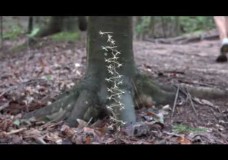
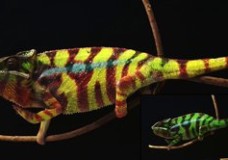

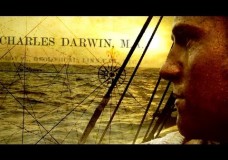
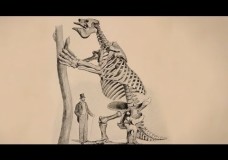
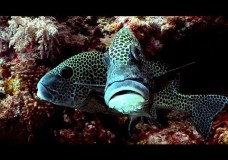

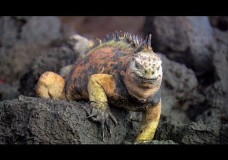
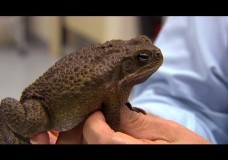

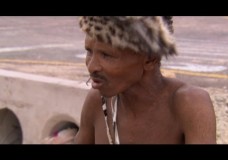
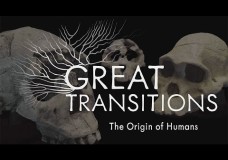
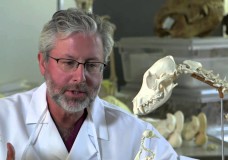
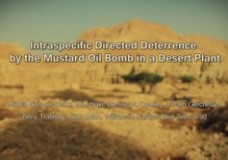
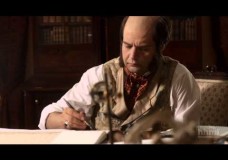

Recent Comments